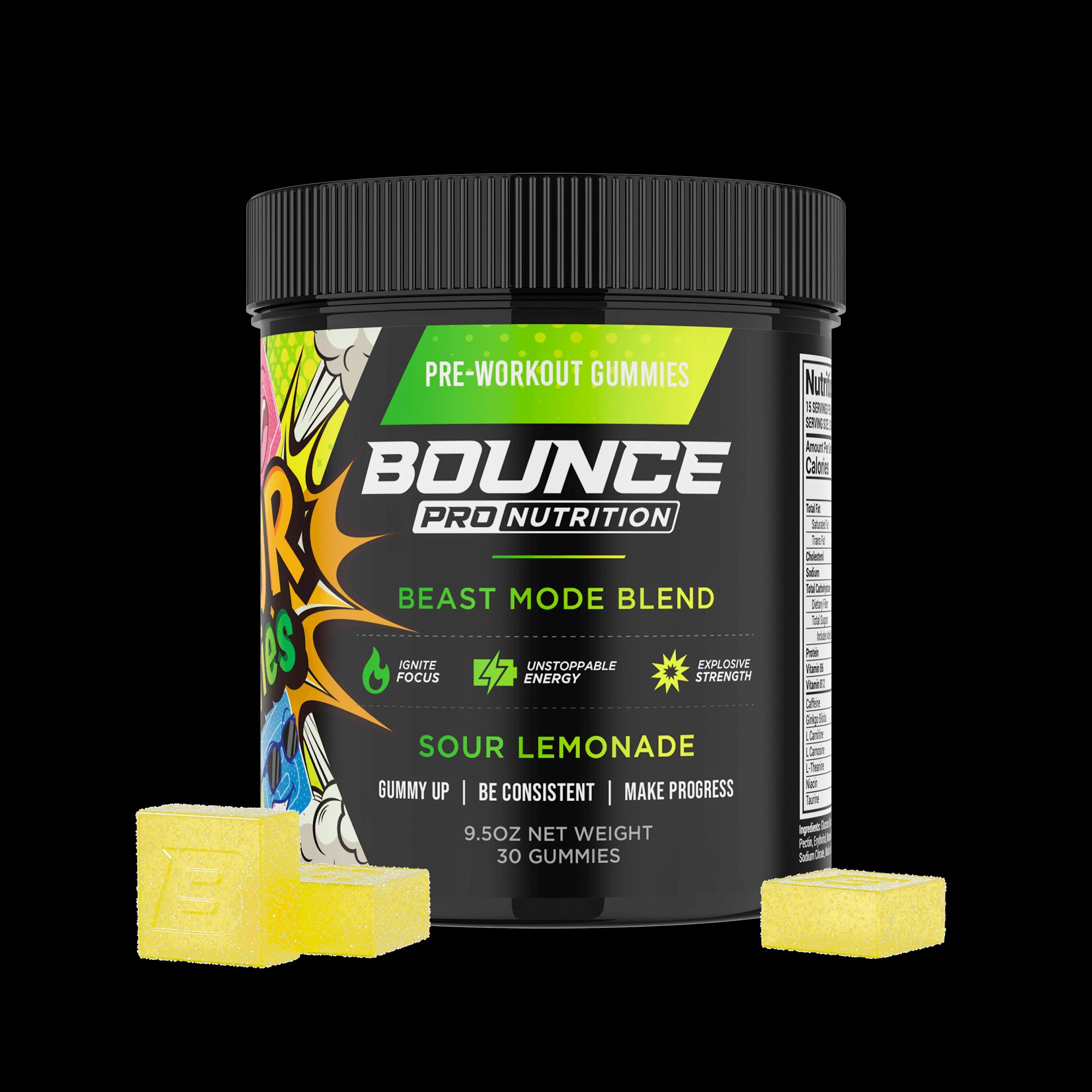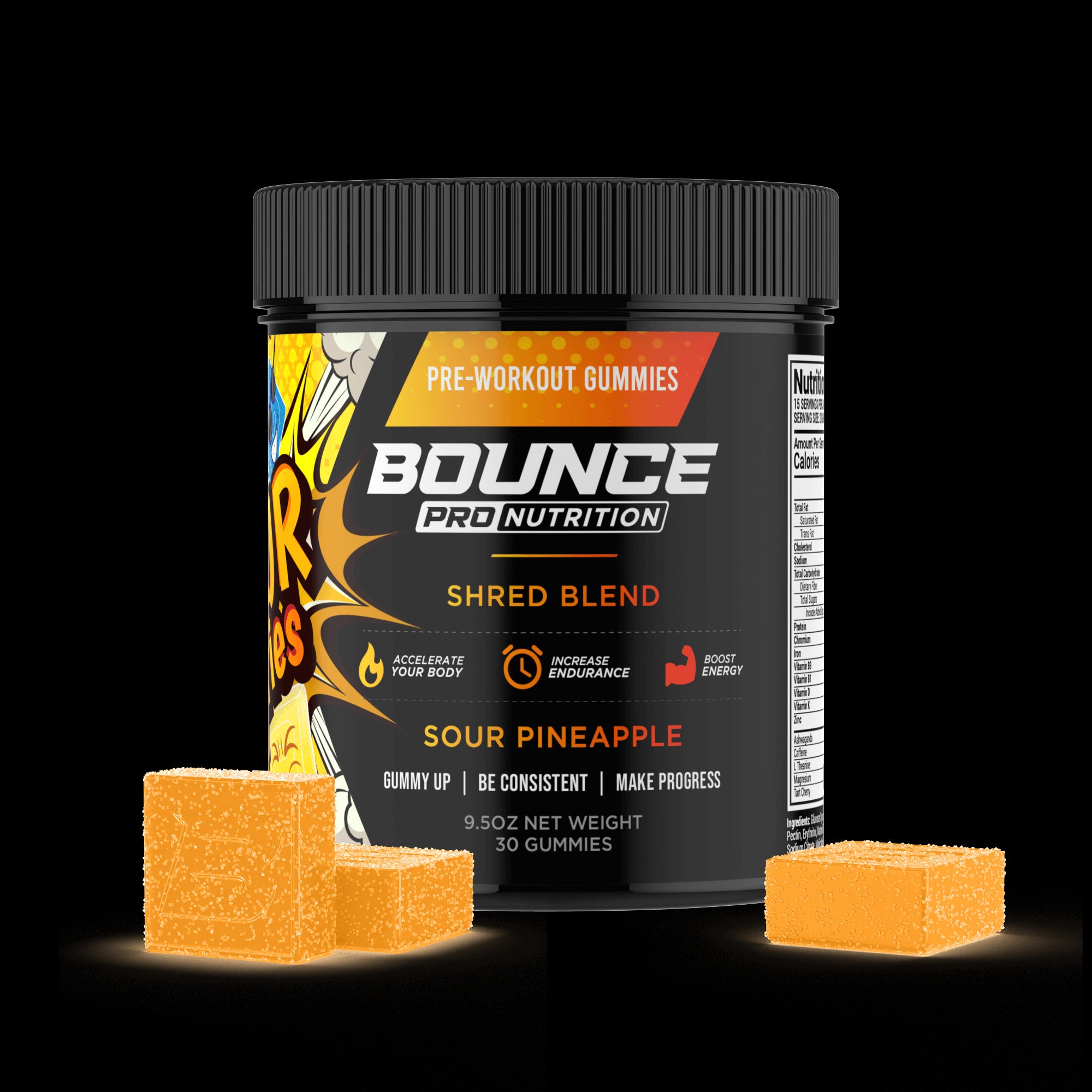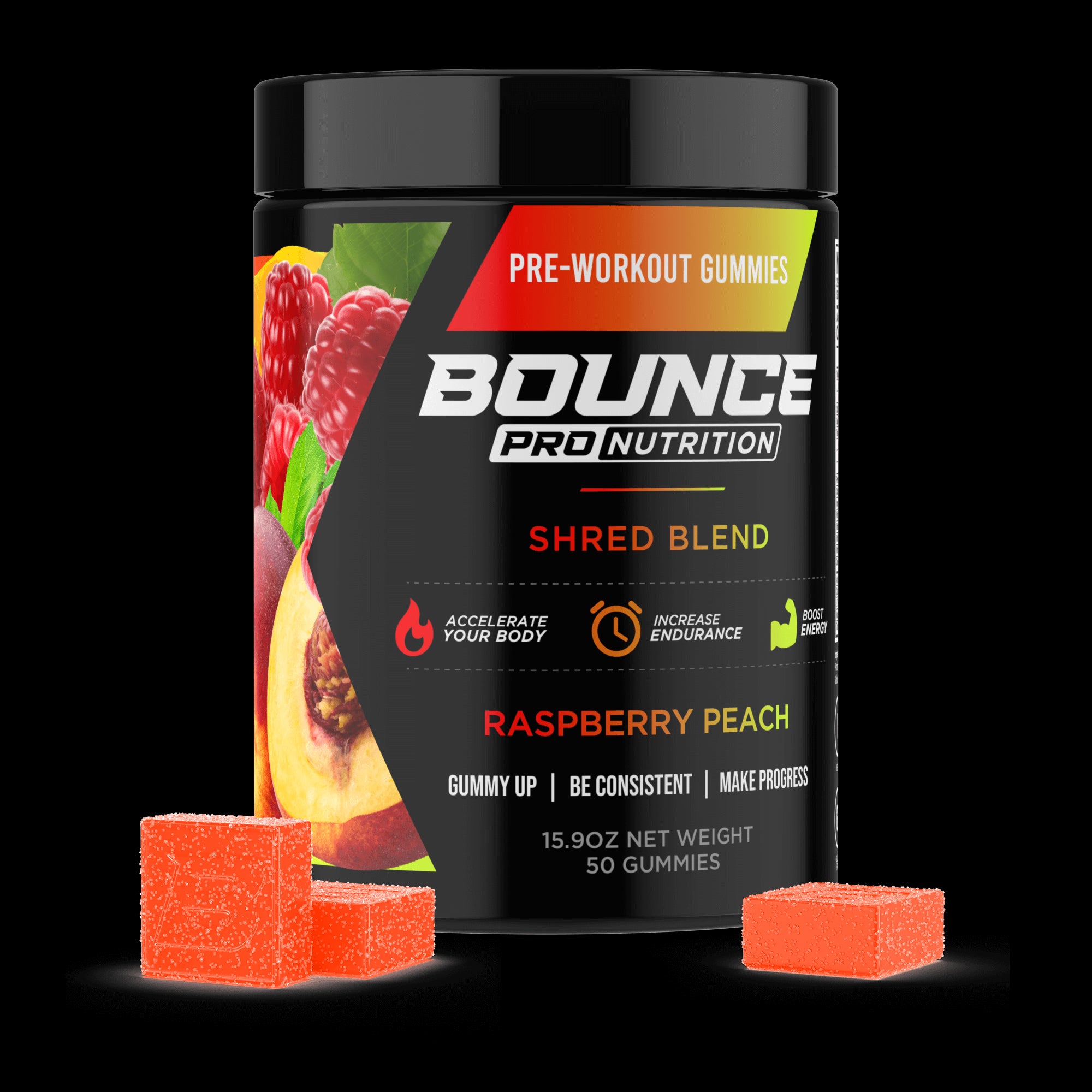Creatine is a well-studied and effective supplement for improving athletic performance in specific types of activities, especially those that involve short bursts of high-intensity work. It’s an organic compound naturally found in vertebrates and is involved in the supply of energy to cells, particularly in muscle tissues.
Creatine is synthesized in the liver and kidneys from amino acids such as arginine, glycine, and methionine – more on that later. It can also be obtained through dietary sources, primarily meat and fish, or through supplementation.
TO BUY CREATINE GUMMIES CLICK HERE
Getting to Really Know Creatine
Creatine is an amino acid that’s found in the muscles and the brain of the body, and is produced by the liver, pancreas, and kidneys, in small amounts – about 1 gram, daily. Creatine is also present in red meat and seafood, but to really reap the benefits of it, higher doses are required – hence the existence of creatine in supplement form.
Creatine serves a number of uses throughout the body, including its positive effects on cognition and skin health. But, it’s most popular for its effects that relate to exercise, as it can boost muscle strength and muscle growth, while drawing water into the muscular tissue.
Creatine can also offer performance-enhancing effects, boosting stamina and endurance so that a person can push themselves harder in the gym.
Now, like we said, creatine is a naturally occurring compound in the body that’s mainly made in the liver, as well as other organs. Its production results from the presence of three other amino acids: glycine, arginine, and methionine. People can also get creatine in their diet by consuming certain animal proteins.
Creatine is stored in the muscle cells of the body, and each time we use the muscles, their creatine levels are used up and must be replenished. Of course, if the body is not getting enough creatine, either by producing it on its own or by consuming it through diet, then the muscles will not be able to get the maximum benefits that this supplement allows.
However, the majority of creatine that you will find in supplement form is synthesized, by combining cyanamide with sarcosine and specific catalysts. Sarcosine is an amino acid, and thus, mixing it with cyanamide and chemical catalysts reconfigures its composition to convert it into creatine. From there, the creatine must undergo a purification process through recrystallization.
The History of Creatine
Since its discovery, creatine has been extensively studied for its potential benefits, especially in the realm of sports and exercise performance. Below is a brief history of creatine:
- Discovery (1832): Creatine was first discovered in 1832 by the French scientist Michel Eugène Chevreul. He found it as a component of skeletal muscle and named it after the Greek word for meat, "kreas”.
- Chemical Synthesis (1847): Just 15 years after its discovery, creatine was synthesized in the laboratory by another French scientist named Marcellin Berthelot.
- Energy Metabolism Role (1920s and 1930s): Scientists began to understand the role of creatine in energy metabolism during the 20th Century. It was recognized that creatine phosphate (or phosphocreatine) acts as a rapidly mobilizable reserve of high-energy phosphates in skeletal muscles, which is essential during short bursts of high-intensity activity.
- New Expanded Interest (1970s and 1980s): Interest in creatine as a potential ergogenic (performance-enhancing) aid began to grow. Initial studies explored the effects of creatine supplementation on muscle creatine stores and exercise performance.
- Sport and Exercise Performance (1990s): The potential benefits of creatine supplementation for athletic performance started gaining attention in the 1990s. Numerous studies began highlighting its role in enhancing exercise capacity, especially during short-duration, high-intensity exercises like weightlifting, sprinting, and jumping. Later in the decade, several landmark studies demonstrated that creatine supplementation could increase muscle creatine content, enhance high-intensity exercise performance, and potentially increase muscle mass. As a result, creatine monohydrate became one of the most popular and researched dietary supplements globally.
- Popularity and Controversy (early 2000s): The use of creatine supplements became highly popular among athletes and fitness enthusiasts. However, like many dietary supplements, its use also came with controversies. Questions about its safety, efficacy, and potential side effects were raised, leading to a vast body of research.
- Further Applications (late 2000s): Beyond athletic performance, research into creatine has examined its potential therapeutic uses. Some studies suggest it may have neuroprotective effects or be beneficial in conditions like muscular dystrophy.
- Safety and Recommendations (early 2010s): The International Society of Sports Nutrition, among other organizations, has suggested that creatine is one of the most researched and supported supplements available, with numerous studies indicating its safety and efficacy, especially when taken in recommended dosages. They also indicated that the common side effect of weight gain (due to water retention in muscles) is not harmful.
- Modern Times: Today, creatine monohydrate is the most commonly used form of creatine supplementation. While the focus of its benefits is largely on athletic performance, ongoing research continues to examine its potential therapeutic applications in various medical conditions.
To sum it all up: Creatine has a rich history that spans from its discovery as a component of muscle to its widespread use as a dietary supplement for enhancing athletic performance. Its role in energy metabolism and potential therapeutic benefits continue to be the subjects of ongoing scientific investigation.
A Further Breakdown of Creatine
Creatine is a naturally occurring compound that plays a crucial role in the production of cellular energy. Here is a more detailed and summarized breakdown:
- Chemical Nature: Creatine is a nitrogenous organic acid derived from the amino acids arginine, glycine, and methionine.
- Function in the Body: Creatine is stored primarily in muscles in its phosphorylated form known as phosphocreatine. During periods of high-energy demand, like intense physical activity, phosphocreatine donates its phosphate group to regenerate adenosine triphosphate (ATP) from adenosine diphosphate (ADP). ATP is the primary energy currency of the cell, and its availability is essential for various cellular functions.
- Dietary Sources: Creatine can be obtained from food (mainly from meat and fish) or synthesized endogenously in the liver, kidneys, and pancreas.
- Supplementation: Creatine is also available as a dietary supplement and is popular among athletes and bodybuilders. Supplementation can increase the body's store of phosphocreatine, potentially enhancing the capacity for high-intensity, short-duration work, like weightlifting or sprinting.
- Benefits: Numerous studies have shown that creatine supplementation can improve exercise performance, increase muscle mass when combined with resistance training, and provide neurological protection in some conditions.
- Safety and Side Effects: Generally, short-term creatine supplementation is considered safe for healthy individuals when taken at recommended doses. Some people might experience minor side effects like gastrointestinal discomfort or water retention. As with any supplement, it's important to consult with a healthcare professional before starting creatine, especially for those with pre-existing medical conditions or taking medications.
- Quality and Purity: When purchasing creatine, look for a reputable brand that offers high purity creatine monohydrate without added fillers or contaminants. Some brands offer a "Creapure" label, which’s a guarantee of high-quality, pure creatine monohydrate.
- Cycling: Some people use a cycling approach, where they take creatine for a period (e.g., 8 weeks) and then go off it for a period (e.g., 4 weeks). However, this approach isn't strictly necessary, and many people take creatine continuously without any issues.
- Different Forms: While creatine monohydrate is the most researched and commonly used form, there are other forms available like creatine hydrochloride, creatine ethyl ester, and creatine malate. Each form might have slightly different properties, but creatine monohydrate remains the gold standard due to its extensive research backing.
Try Creatine For Yourself Today!
Overall, the effectiveness of creatine supplementation can vary depending on the individual and the specific outcomes being targeted. Research has generally shown that creatine can be effective in increasing muscle mass and strength, as well as improving performance in high-intensity, short-duration activities like sprinting or weightlifting.
The way creatine impacts your body and performance is pretty simple, by helping your body store more water in your muscles, you can lift heavier weight and gain even more muscle. Remember that individual responses to creatine can vary, and while it is beneficial for many, it may not work for everyone. And, once again, as always, consult with a healthcare provider or a nutritionist before starting any supplementation.

























